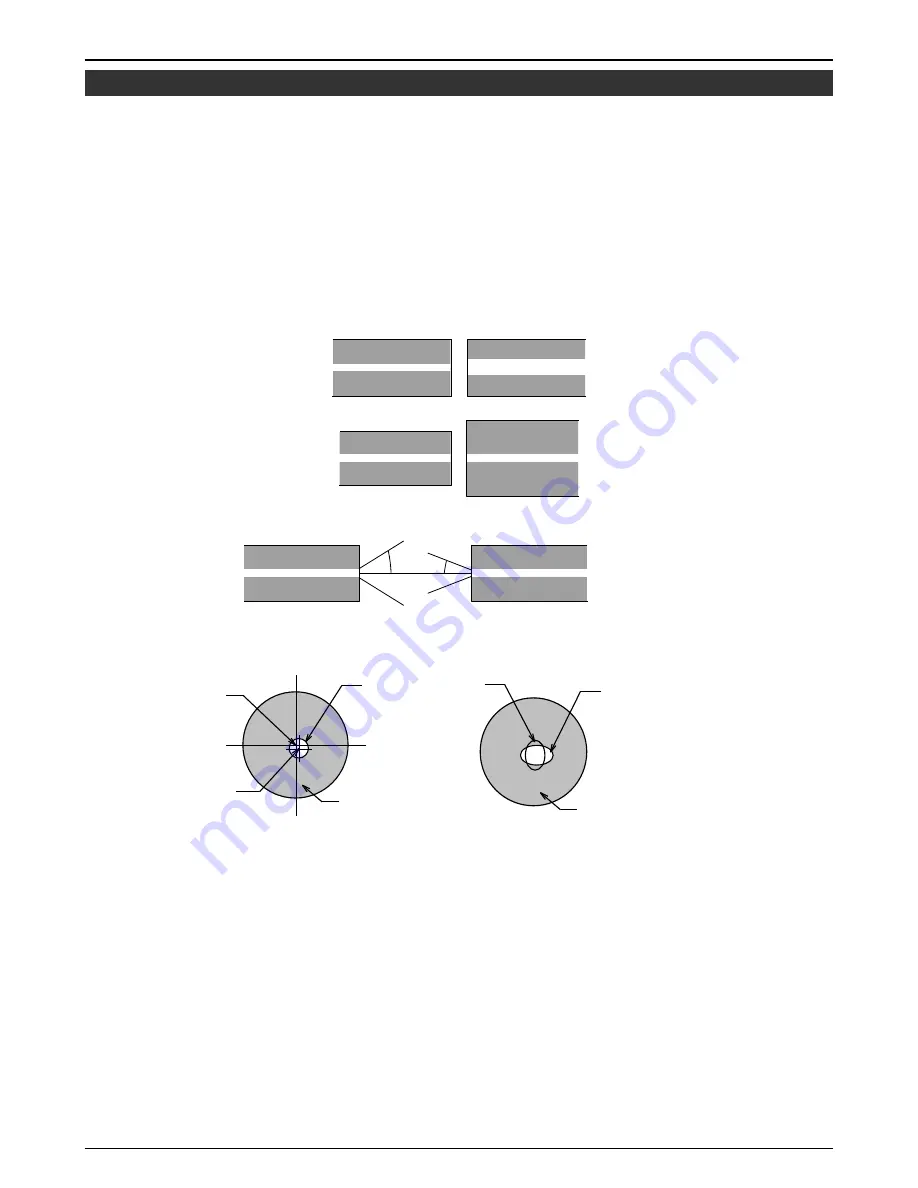
General Information
2-1
2.
General Information
Fusion splicing is used to physically join together two optical fiber ends. The process may vary, depending on
the type of fusion splicer used. The S178 Ver.2 Single-Fiber Fusion Splicer has an active core aligning
mechanism to align the fiber ends, and a controllable electric arc to melt the glass and butt the ends together.
This results in a strong joint, with very low loss and very low back-reflection.
To achieve good splicing results, it is essential to know both the proper use of a fusion splicer and the
characteristics of optical fiber. Because all fibers are not identical, they can melt or fuse at different temperatures.
Therefore, to minimize splice loss, it is important that the arc power and the duration of the fusion arc be properly
adjusted. The S178 Ver.2 fusion splicer features an arc function inspection to help the user adjust these
parameters.
Other intrinsic factors that contribute to the increase in splice loss are core diameter mismatch, cladding diameter
mismatch, numerical aperture mismatch, core concentricity and non-circularity.
Core Diameter Mismatch
Cladding Diameter Mismatch
Numerical Aperture Mismatch
Different fibers have different numerical apertures. The aperture dictates the acceptance angle of light.
α
β
α≠β
Core Concentricity
Core Non-circularity
Optical fiber is basically classified as either single-mode (SM) or multi-mode (MM). Single-mode fiber, which
includes dispersion-shifted fiber types, will transmit a single-mode (path) of data at wavelengths greater than the
cut-off wavelength (1170 nm). Approximately 80% of the light is transmitted within the core, and 20% is
transmitted in the surrounding cladding. Therefore, the transmission path is more accurately referred to as the
mode field and not as the core. With a core diameter of typically 8 µm and a mode field diameter of approximately
10 µm, single-mode fiber can transmit more data than multi-mode fiber and with less attenuation.
In multi-mode fiber, the optical signal is transmitted entirely within the core. These fibers have a core size of 50
µm to 100 µm (50 µm or 62.5 µm, typically) and are commonly used in local area networks (LANs), short distance
links and closed circuit television (CCTV).
claddings
core1
core2
cladding
core
cladding
center
core
center










































